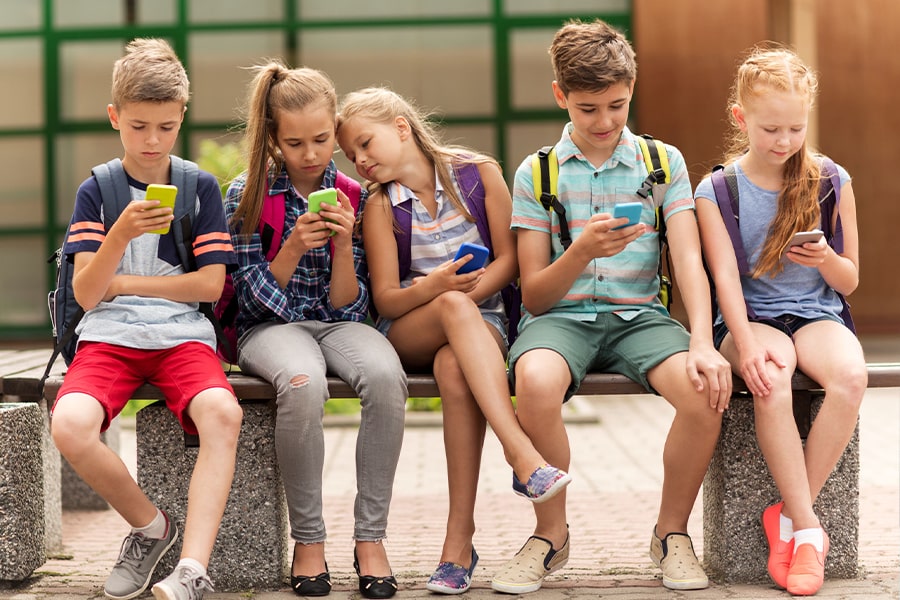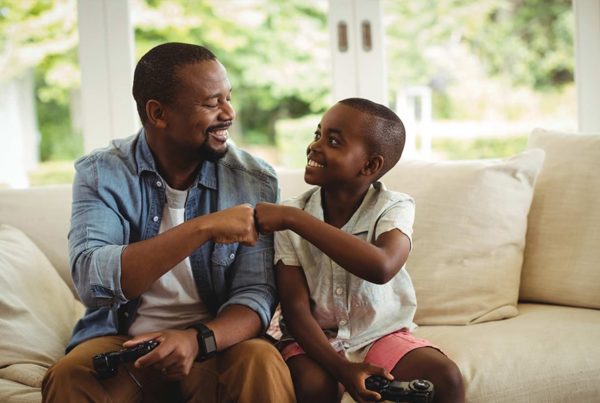
Source: Washington Post
By Elizabeth Englander
More cellphone use by children could mean more bullying — online and offline
Each year, more parents send their young child to elementary school equipped with a smartphone.
For instance, the percentage of third-graders who reported having their own cellphone more than doubled from 19 percent in 2013 to 45 percent in 2017. Similar increases took place for fourth-graders and fifth-graders. About 50 percent of fourth-graders and 70 percent of fifth-graders went to school with a phone in 2017.
Parents often cite the ability to easily reach their child as the major advantage of giving them a device, which they view as a safety issue. “Stranger danger” and sexual predators are often the first risks that occur to parents. Some public schools are adopting policies that limit personal contact between students and teachers.
But bullying and cyberbullying are more common concerns, and in my 2017 research, I found that giving a young child a cellphone increases the likelihood that the child will either become a victim of bullying or a bully themselves.
This study of about 4,500 elementary school children in the United States found that having a cellphone in school was associated with being involved with both bullying and cyberbullying, both as a bully and as a bully/victim. A “bully/victim” is a child who is, at different times, both a bully and a victim of bullying.
The research found that while more than half of third-grade bullies carried cellphones, only 35 percent of children who were uninvolved in bullying did. Even more dramatically, three-quarters of third-grade cyberbullies carried cellphones compared with only 37 percent of third-graders uninvolved in cyberbullying. Results were similar, but a little weaker, for fourth- and fifth-graders.
It may be that results were strongest among the youngest children because of their relatively more limited ability to understand how communications works in a digital setting. For example, in my fieldwork at the Massachusetts Aggression Reduction Center, I’ve learned that teenagers are wary of emotions escalating quickly online, realizing that such emotions can lead to fights and bullying. But younger children typically haven’t yet learned this lesson. It was this gulf that motivated me, with a colleague, to create a children’s guide to getting their first cellphone.







